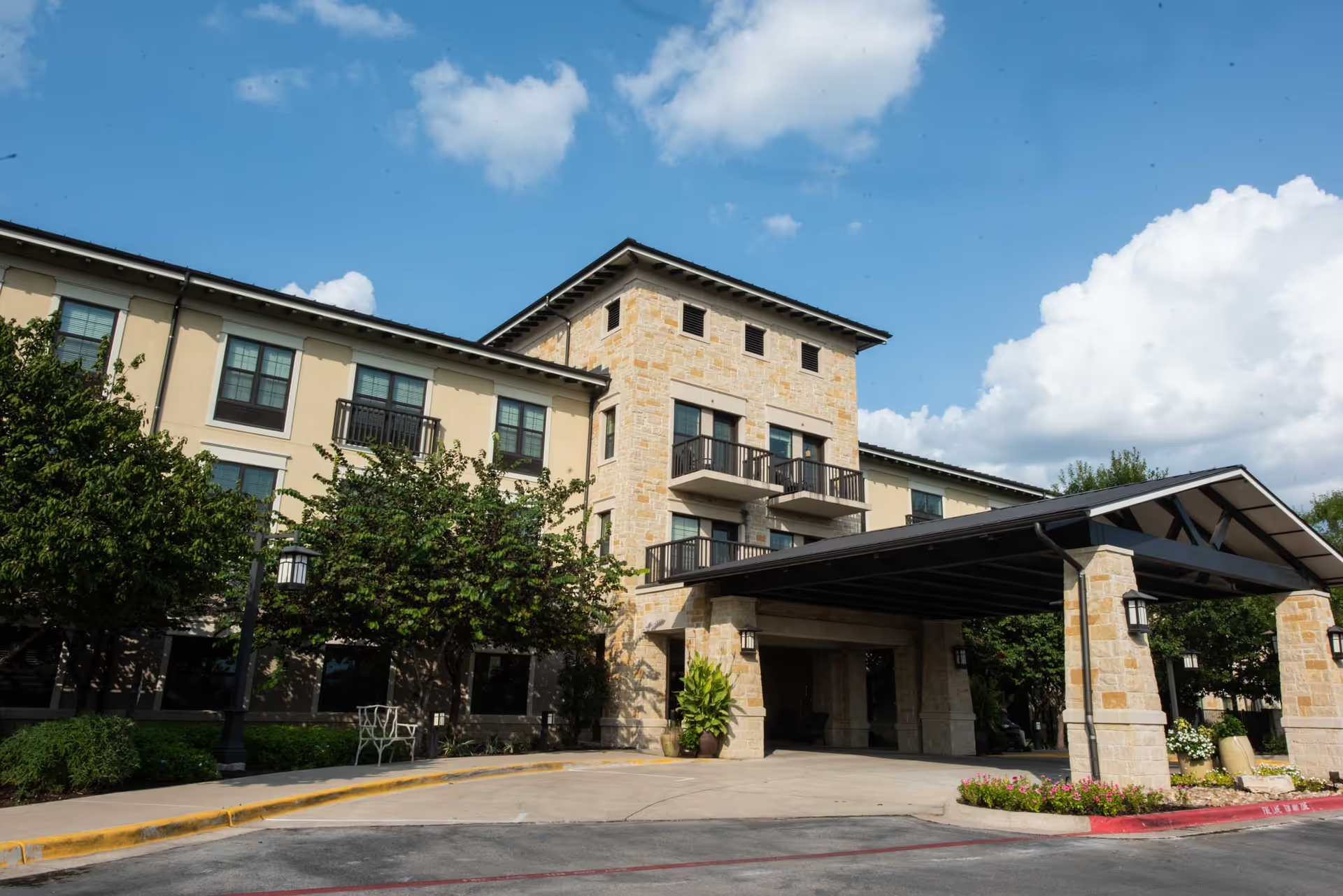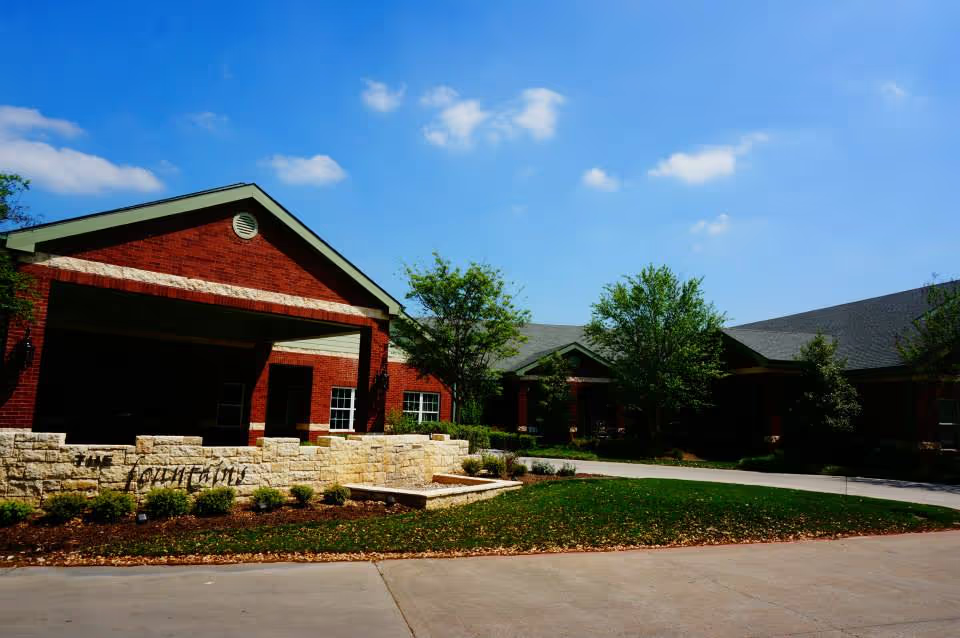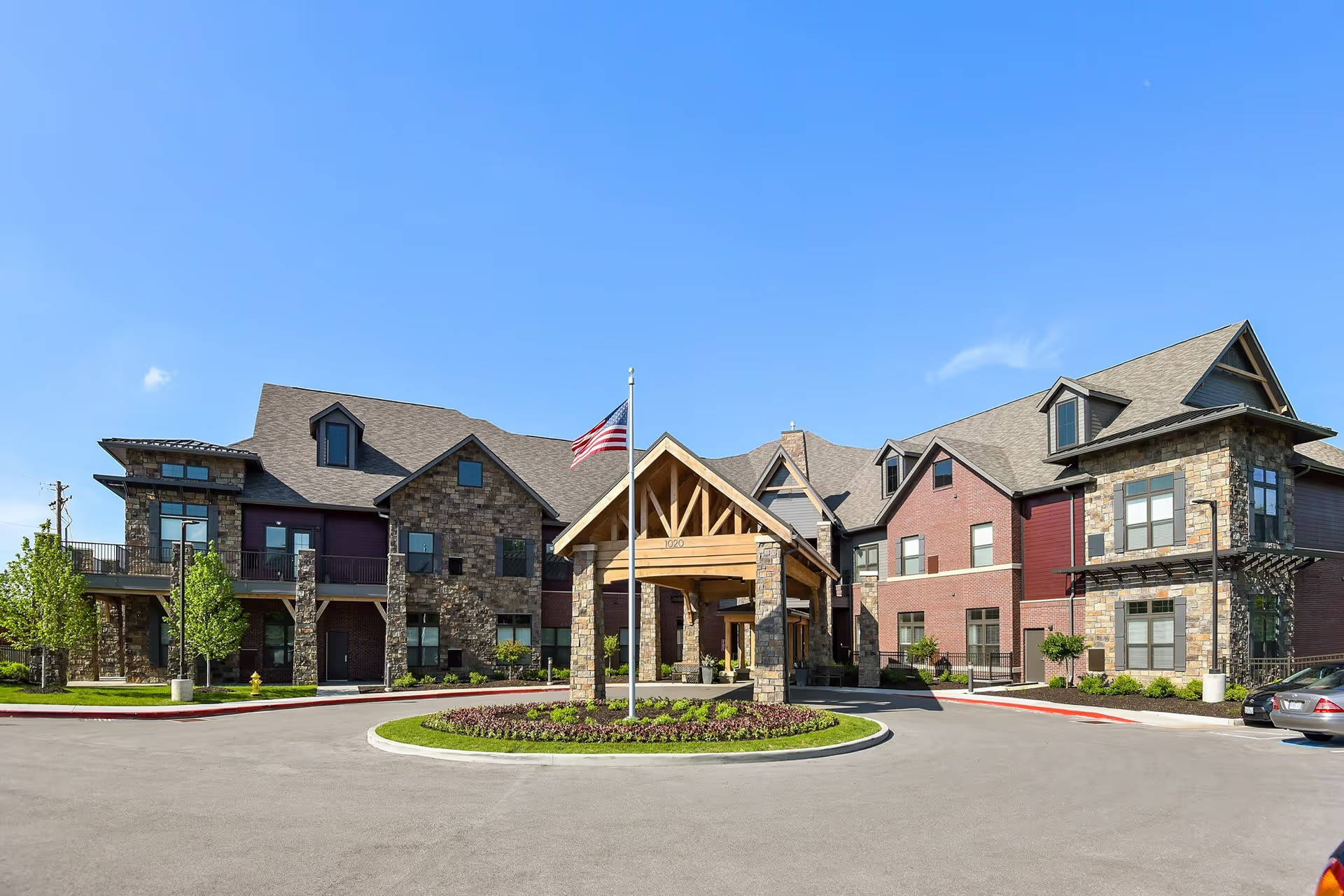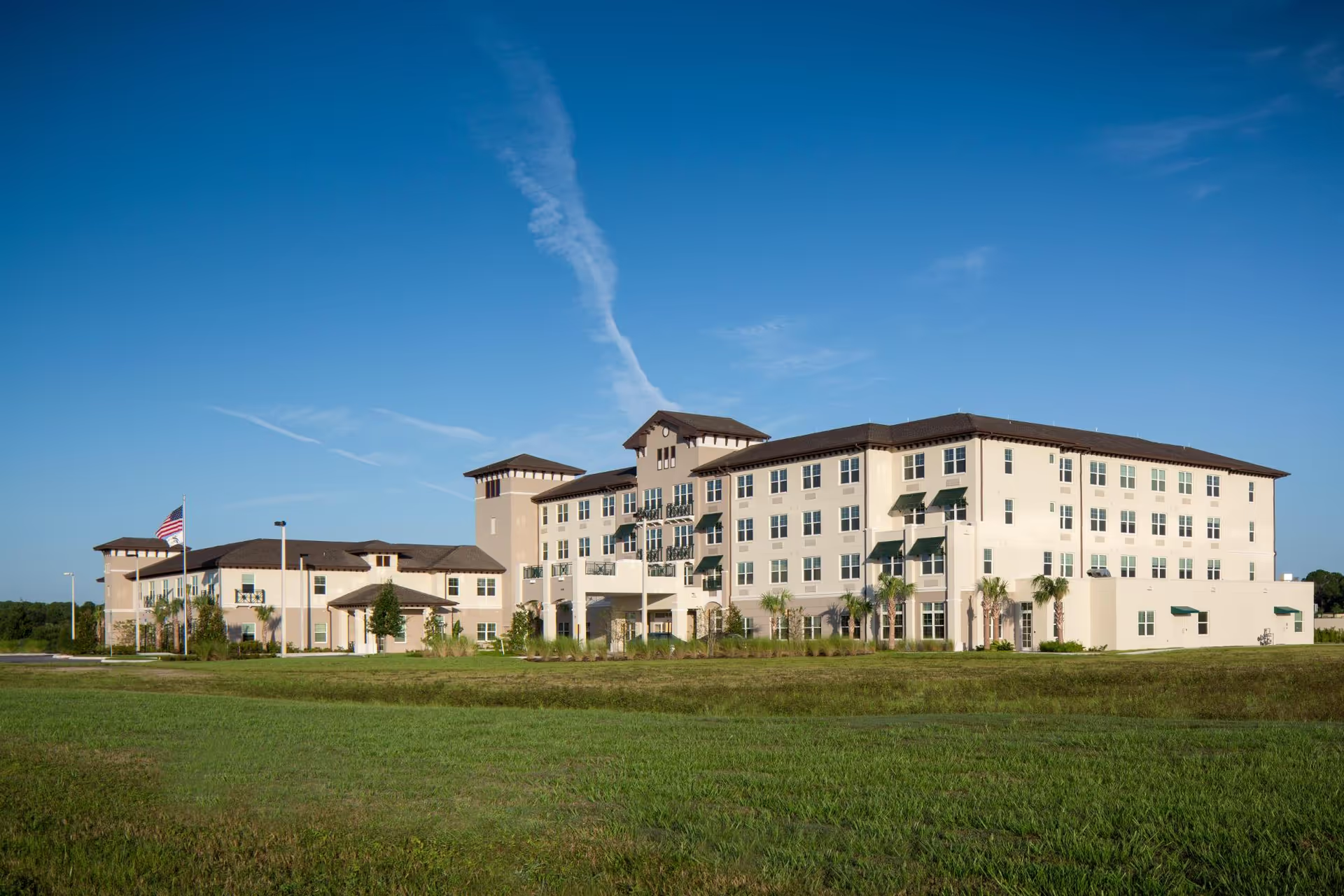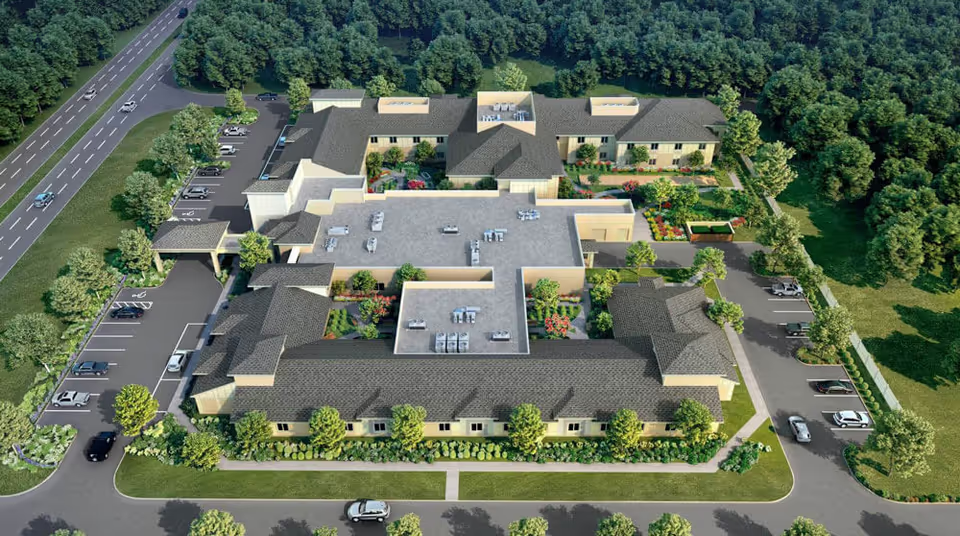Overall impression: Reviews for Maison De Lafayette are highly mixed and polarized. A substantial portion of families and residents describe an excellent, clean, and well-maintained community with caring staff, attractive rooms, good clinical care, and lively activities. At the same time, there are numerous and serious negative reports describing inconsistent care, safety incidents, administrative failures, and infection-control problems. The result is a facility that appears capable of providing very good experiences in many cases but also exhibits recurring, significant issues that have led some families to strongly advise against it.
Care quality and staffing: Many reviewers praise individual caregivers, nurses, and doctors for being attentive, compassionate, and professional — several comments specifically say care exceeded expectations. However, an equally strong strand of reviews describes inconsistent staff quality, high turnover, reliance on agency nurses, and short staffing. These staffing problems are linked to concerning events in the reviews: rough handling of residents, a reported burn from hot water, medication delays or missed medications, and allegations of neglect and the “bare minimum” level of care. Theft from residents and clothing disappearing were repeatedly mentioned, which compounds families’ safety concerns. Several reviewers mentioned staff being fearful, workplace drama, and staff being mistreated or terminated after speaking up, suggesting organizational culture and retention issues.
Facility, layout, and environment: The building and grounds receive frequent praise — attractive exterior, well-kept landscaping, beautiful decor, large hotel-like suites, and a central nurses’ station that many find helpful. Many families say rooms are spacious, clean, and homely, and the facility is notably near a hospital, which some families valued. Conversely, some reviewers reported cleanliness problems (notably urine odors in hallways), stained concrete floors that raise fall-risk concerns, and poorly lit rooms in certain areas. Parking access and the busy street location were also noted as inconveniences by visitors.
Dining and activities: Dining and activities are another area of split opinions. Several reviewers describe meals as special, homelike dining rooms, and many praise the variety of activities (bingo, live band/concerts, social programming) and the positive resident interactions. Other families reported inedible food, limited options, and meals heavy in sodium, with a few even saying they brought food from home. The inconsistency here mirrors staffing — food and dining experiences seem to vary across time or units.
Management, administration, and safety/compliance: Administrative impressions are mixed and often drive overall sentiment. Some families praise compassionate administrators, helpful admissions, and excellent administrative services. Others describe unhelpful receptionists, uninformed nurses, unresponsive administration, broken promises, and rude/unprofessional management. More serious are reports of state sanctions related to infection control and repeated infection outbreaks and quarantines — these are objective red flags cited in the summaries. Combined with theft reports, medication issues, and allegations of neglect, those items suggest systemic governance and compliance concerns that prospective residents and families should investigate further.
Trends and context: A recurring theme is inconsistency — many reviewers report outstanding experiences while others report serious problems. Some comments indicate a period of leadership change: a "new Leadership Team" and "new nursing leadership" are mentioned positively by families impressed with early changes but noting that cultural and clinical improvements will take time. That narrative fits with the mix of praise and criticism: improvements appear underway in some domains, but longstanding issues (infection-control sanctions, thefts, staffing instability) still affect outcomes.
Recommendations for prospective residents and families: Given the polarized feedback, anyone considering Maison De Lafayette should do a focused, in-person evaluation. Ask specifically about staffing ratios, use of agency staff, turnover rates, current infection-control status and any corrective action plans tied to sanctions, medication administration procedures, and security measures for residents’ possessions. Observe mealtimes and an activities period, tour the specific unit and room being offered (check lighting, flooring, odors), ask for references from recent families, and inquire about the new leadership’s concrete plans and timelines for addressing the cited problems. If possible, speak directly with current residents/families and review recent inspection reports to corroborate the claims of both very good care and the troubling negative incidents described in these reviews.
Bottom line: Maison De Lafayette shows many strengths — cleanliness, attractive living spaces, caring staff in many reports, robust activities, and proximity to medical services — but also recurring, serious negative reports around staff consistency, safety incidents, theft, infection-control sanctions, and administrative responsiveness. The pattern suggests a facility in transition: capable of providing excellent care for some residents while still addressing systemic issues that have led to significant harm and dissatisfaction for others. Proceed with careful, specific inquiries and on-site observations before deciding.

